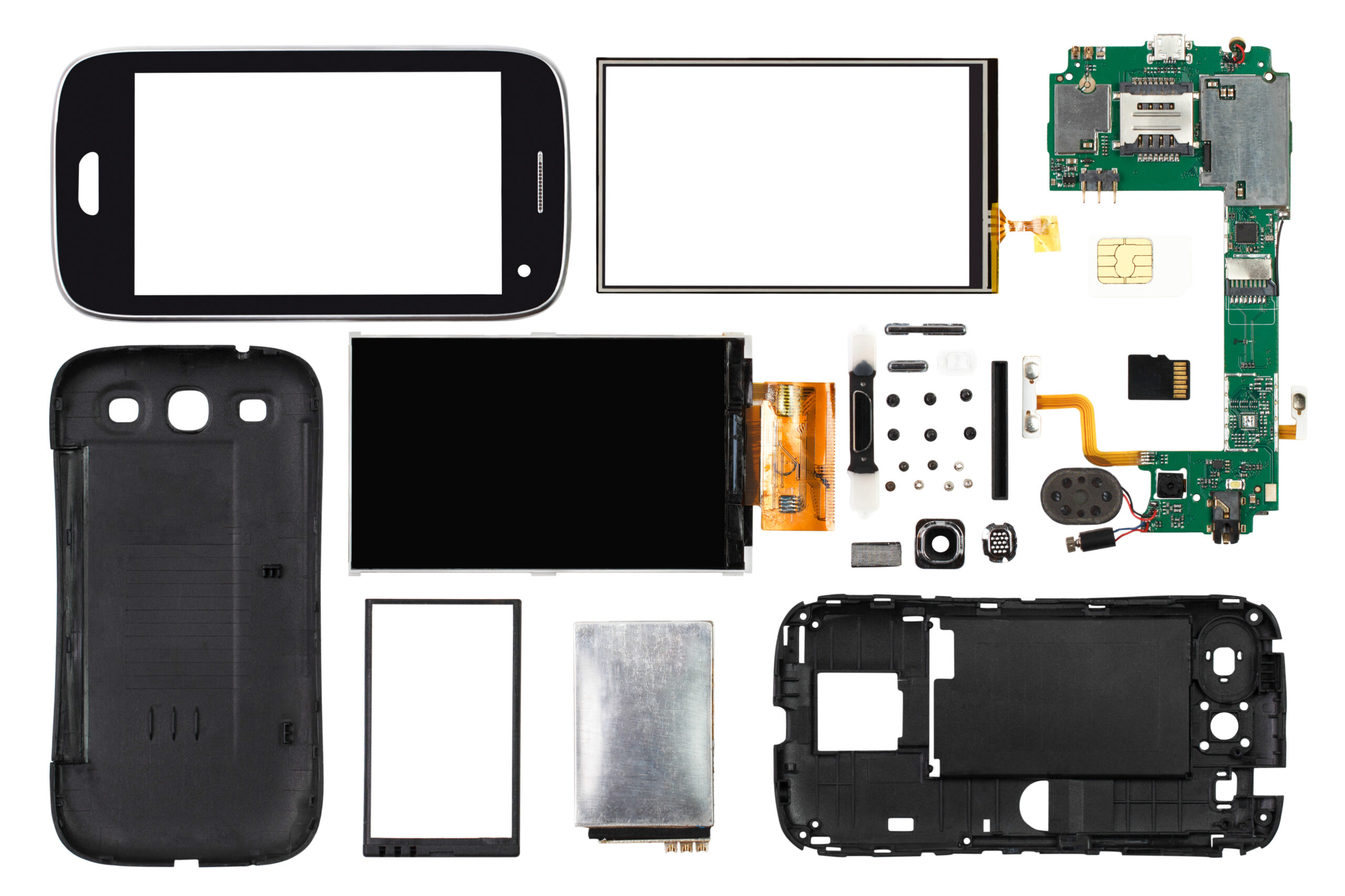Each year, millions of smartphones contribute to the global e-waste crisis, but a shift toward a circular economy could drastically reduce their environmental impact. The circular lifecycle of smartphone components hinges on three principles: reuse, recycling, and regeneration. Batteries, screens, and processors can be recovered and reused in new devices, minimizing the need for raw material extraction. For example, regenerating batteries can extend their life, while valuable materials like gold and cobalt from circuits can be extracted and reused.
In response, tech companies are increasingly designing modular smartphones that are easier to repair and upgrade, thus extending the device’s lifespan and reducing waste. This approach not only benefits the environment but also generates economic opportunities in the recycling sector by lowering production costs and creating jobs.
The European Union has taken significant steps in promoting this shift. The Circular Economy Action Plan (CEAP) 2020, a key part of the European Green Deal, supports this movement with directives like 2012/19/EU, which mandates the proper collection and recycling of electronic waste. Other directives, such as 2009/125/EC and 2011/65/EU, focus on enhancing product energy efficiency and reducing hazardous substances, encouraging the production of more sustainable and repairable devices.
Consumers also play a crucial role by opting to repair their devices instead of replacing them and supporting companies that embrace sustainable practices. Together, through coordinated action and adherence to European regulations, we can transition to a more sustainable and circular model—one where smartphones become a tool for building a greener future.
“Every individual has the power to make the world a better place.” This quote by Sergio Bambarenhighlights the impact of personal choices on the planet, urging us to consider sustainable options like purchasing refurbished smartphones.
Refurbished smartphones are devices returned to the original manufacturer, tested, and restored to factory conditions. Unlike used phones, refurbished models have been thoroughly inspected and repaired, if necessary, ensuring they meet high-quality standards. Buying a refurbished smartphone prevents it from ending up in a landfill, thus reducing e-waste—a significant environmental threat due to the harmful materials found in electronic devices.
This practice aligns with the principles of the circular economy, which focuses on minimizing waste, maximizing product life, and reducing raw material use. By shifting from a linear “take-make-waste” model to a circular one, we emphasize regeneration over exploitation, creating refurbished products that lessen the environmental impact.
Refurbished smartphones offer several environmental benefits. They help reduce greenhouse gas emissions by avoiding the energy-intensive process of manufacturing new devices. Furthermore, recycling components prevents them from contaminating landfills and saves significant energy—recycling 500 smartphones can power a home for a year. If all discarded phones were recycled, the energy savings could power over 250,000 homes annually.
Swappie, the leading online platform in Europe for buying and selling refurbished iPhones, exemplifies the potential of the circular economy in the smartphone industry. Founded in Finland in 2016, Swappie aims to reduce the environmental impact of smartphones by promoting device circularity. By buying used iPhones, refurbishing them, and reselling them, Swappie extends the life cycle of these devices, significantly reducing e-waste.
Swappie’s approach integrates the “3+1R” concept—reduce, reuse, recycle, and repair—into its refurbishment processes, aiming to lower global e-waste and address the challenges of primary electronics production. In 2021, the carbon footprint of an average Swappie-refurbished iPhone was reduced by 61.5 kg of CO2, equivalent to the carbon captured by a tree over 10 years. Collectively, Swappie’s customers saved 23,550 tons of CO2 in 2021 by choosing refurbished iPhones.
Swappie’s ambition is clear: to make refurbished devices mainstream, offering consumers a cost-effective and environmentally friendly alternative to buying new smartphones. By 2024, Swappie aims to help customers save over 100,000 tons of CO2 emissions, further cementing its role in driving the circular economy forward.
Written by: Diego Fiorin, t2i
